PORTLAND — On this first day of spring, Mainers are digging out from winter’s finale — yet another storm that blanketed most of the state with more than 10 inches of snow.
Schools closed on Tuesday, many businesses shut down early and drivers had to slow down or risk sliding off the slippery roads.
Traffic slowed to a crawl on the Maine Turnpike, where at least two crashes further slowed the afternoon commute.
Police reported cars off the roads throughout the day but no serious injuries. Since the early storms of winter, most drivers have learned to slow down, said emergency dispatchers.
As of 8 p.m. Tuesday, the season’s snowfall total for Portland had reached 95.5 inches. And with another 2 to 4 inches expected during the early-morning hours Wednesday, Portland could approach the 100-inch mark.
“One hundred inches is pretty much a rarity for Portland,” said Eric Sinsabaugh, a meteorologist with the National Weather Service in Gray.
Still, it’s far short of the record of 141.5 inches, set in 1970-71
Sinsabaugh said Tuesday’s snowfall — as of 9:15 p.m. — varied widely across the region, from 8.8 inches in Portland’s North Deering neighborhood to 6.8 inches in Gorham and 11.5 inches in York.
“By the time this storm is over, everyone is going to end up with between 10 and 18 inches,” he said.
Despite the heavy, wet snow, wind gusts that reached 20 to 30 mph and a topping of sleet in some areas, few people had lost their electricity by Tuesday night, according to Central Maine Power Co.
At 10:25 p.m., the utility listed just 96 customers without power.
The storm kept many people at home and prompted some to go home from work early. Some businesses closed for lack of customers.
“We’ve actually been pretty busy because we’re one of the only ones open,” said Amy Christiansen, manager at The Works Bakery Cafe on Temple Street in Portland. Nearby shops had closed early, with minimal foot traffic downtown.
Even though it was one of the few places where people could still get coffee and a bite to eat, Christiansen expected that Tuesday would generate only half a typical day’s business.
“Most of the afternoon, customers are just walking in, trying to find shelter — and something to eat,” she said.
Jan Beitzer, executive director of Portland’s Downtown District, said a midweek storm’s impact on business depends on the kind of business.
“Obviously, for the traditional shops, they end up having to close early. They don’t get a huge amount of business,” she said. “On the other hand, this is winter, so the effect isn’t that strong midweek.
“On the positive side, bars and restaurants do well — cabin fever,” she said. “So many people live within walking distance to places and have the day off. We are lucky it’s falling in the middle of the week but we’re all sort of sick of it.”
The Otto pizza restaurant at 574 Congress St. didn’t get much mid-afternoon foot traffic, but deliveries were busier than normal for a Tuesday, said the shop’s Bear Wilkinson.
What were people’s pizza preferences for a snowy, gray day?
“The mashed potato-bacon-scallion is always a hot seller,” he said.
The storm led several communities to declare on-street parking bans, including Portland, Westbrook and Scarborough.
Portland long ago burned through its snow removal budget for this winter. Now, it’s near the bottom of its salt pile, for the first time since 2008.
If the city gets hit with another snowstorm, it may have to buy salt to get through the season. Unlike in past years, the city will have no leftover salt to help bolster next year’s budget, said city spokeswoman Nicole Clegg.
Tuesday’s slow-moving storm swirled up from the mid-Atlantic, hitting southern Maine with a steady snowfall before dawn and straight through the day.
That snow will start melting right away as daytime temperatures reach the high 30s this week.
With today’s vernal equinox and the official start of spring, daylight hours will be longer than nighttime.
As heat slowly builds in the atmosphere, the jet stream that’s been funneling storms through northern New England will start climbing north into Canada.
“There’s always a jet stream, always a track of storms moving around the world,” Curtis said.
“It just shifts further north in the summer and we get the warmer air, and shifts further south in the winter and we get the snow.”
David Hench can be contacted at 791-6327 or at:
dhench@pressherald.com
Send questions/comments to the editors.

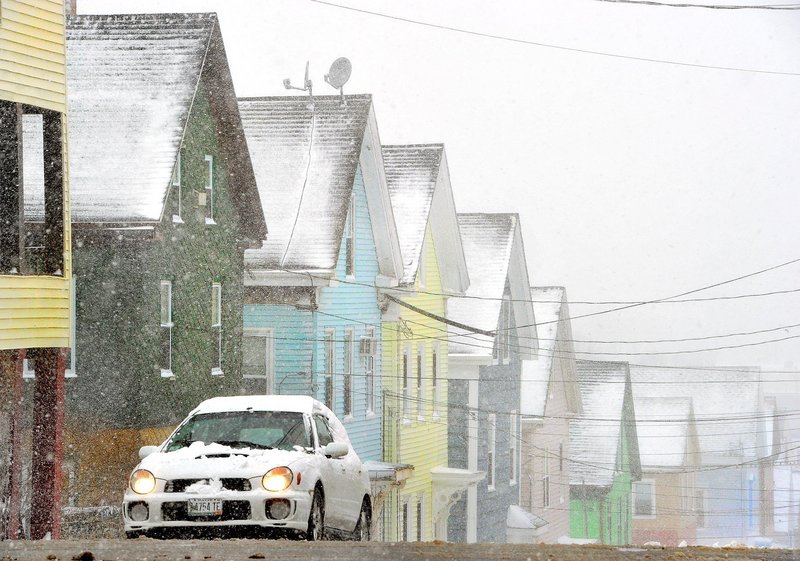
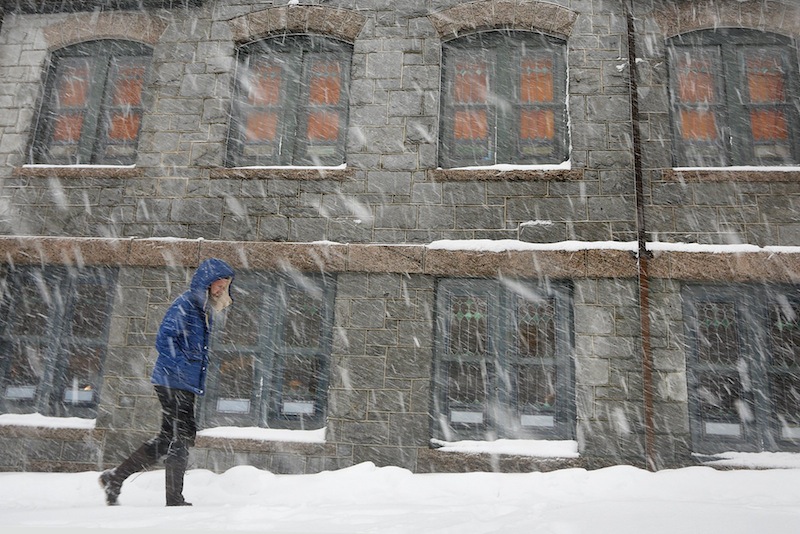
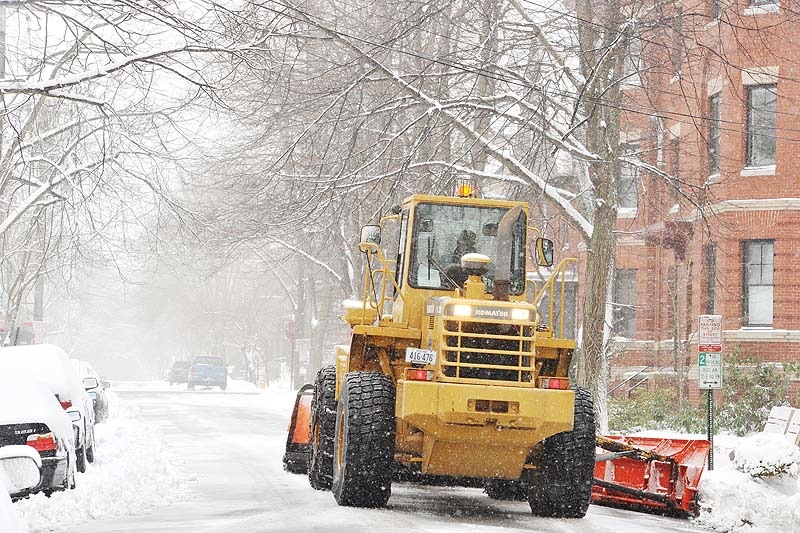
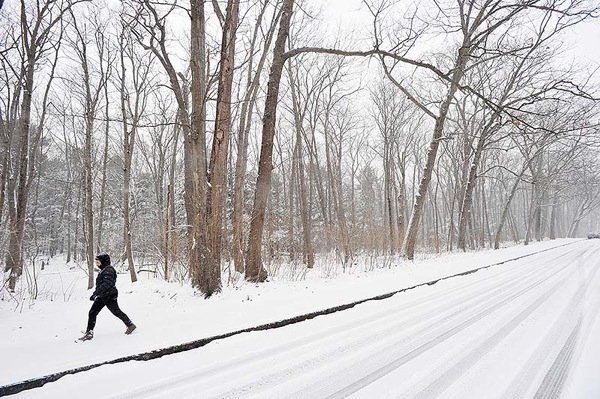
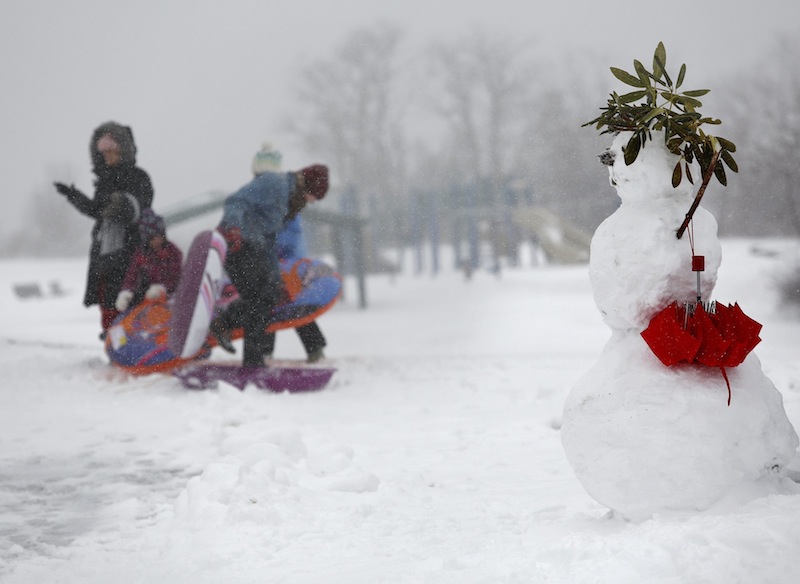

Success. Please wait for the page to reload. If the page does not reload within 5 seconds, please refresh the page.
Enter your email and password to access comments.
Hi, to comment on stories you must . This profile is in addition to your subscription and website login.
Already have a commenting profile? .
Invalid username/password.
Please check your email to confirm and complete your registration.
Only subscribers are eligible to post comments. Please subscribe or login first for digital access. Here’s why.
Use the form below to reset your password. When you've submitted your account email, we will send an email with a reset code.